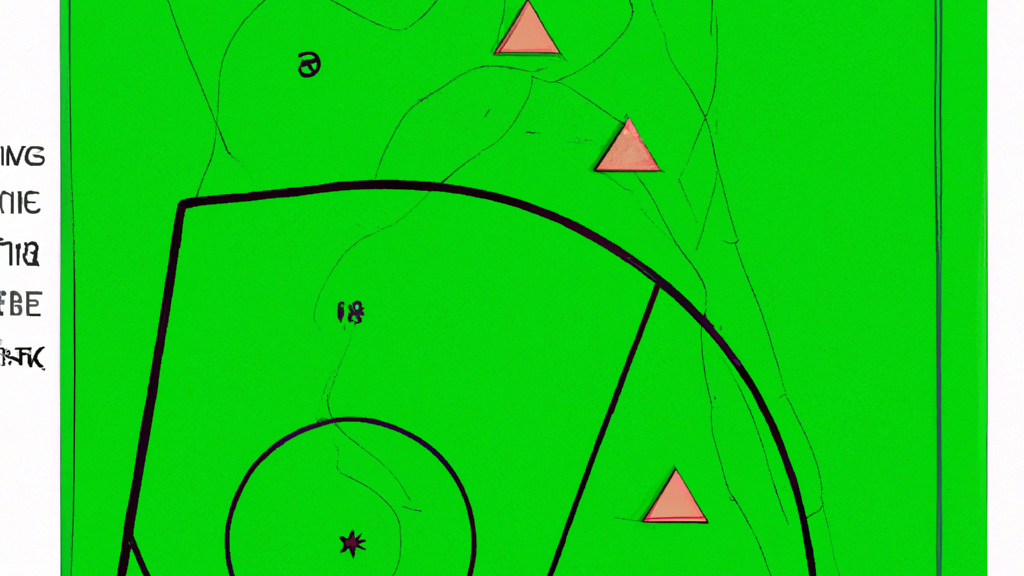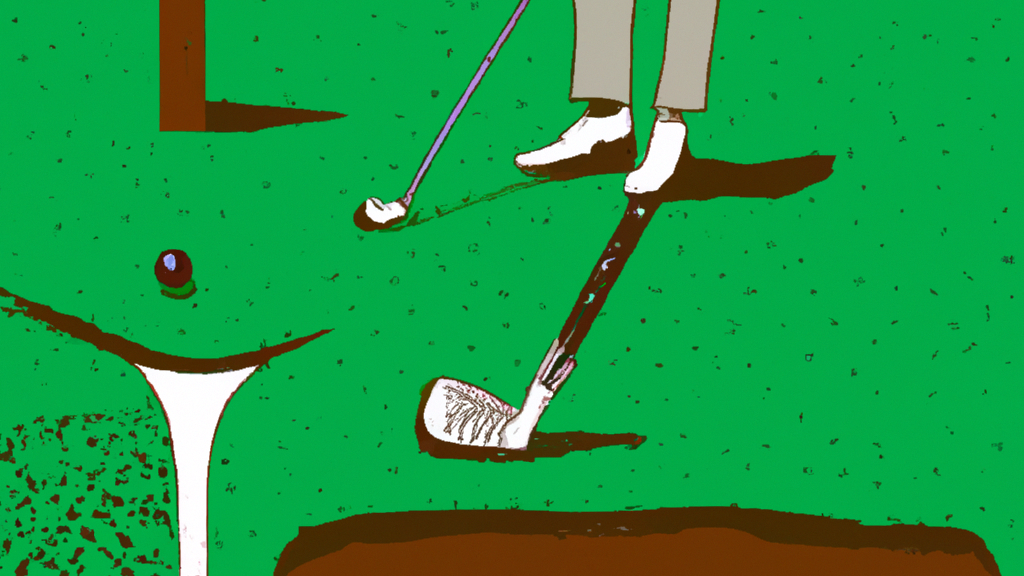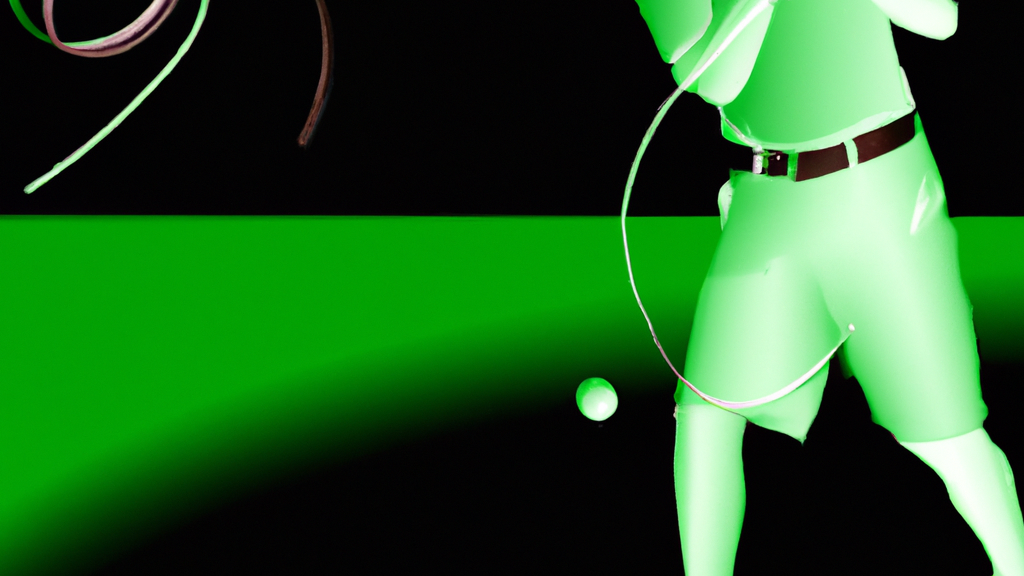THE BENEFITS OF BIRD CONTROL IN GOLF COURSE MANAGEMENT
Golf courses are a haven for birds, but their presence can cause significant damage to the greens, fairways, and other areas of the course. Bird droppings, feathers, and nests can create unsightly and unhygienic conditions, and the birds themselves can be a nuisance to golfers. That’s where bird control comes in. By implementing effective bird control measures, golf course managers can protect their courses from the damage caused by birds and ensure a better playing experience for golfers.
In this article, we’ll explore the benefits of bird control in golf course management, including improved course conditions, reduced maintenance costs, and increased revenue. Whether you’re a golf course manager, a golfer, or simply interested in the world of professional golf, read on to discover how bird control can help you achieve your goals.

Golf Course Bird Control: Protecting the Course, Golfers, and the Environment
Golf courses are a haven for birds, and while they add to the beauty of the course, they can also cause significant damage. Birds can cause damage to the greens, fairways, and bunkers, which can be costly to repair. Additionally, bird droppings can be unsightly and pose a health risk to golfers. Therefore, bird control is an essential aspect of golf course management. In this article, we will discuss the benefits of bird control in golf course management.
1. Protecting the Course
Birds can cause significant damage to golf courses. They can dig holes in the greens, damage the grass, and create nests in the bunkers. This damage can be costly to repair and can affect the playability of the course. Bird control measures such as netting, spikes, and repellents can help protect the course from damage caused by birds.
- Netting is a popular bird control method used on golf courses. It involves installing a net over the course to prevent birds from landing and causing damage. Netting is an effective bird control method that can protect the course from damage caused by birds.
- Spikes are another bird control method used on golf courses. They are installed on ledges, roofs, and other areas where birds may land. Spikes are an effective bird control method that can prevent birds from landing and causing damage to the course.
- Repellents are also used to control birds on golf courses. They are applied to areas where birds may land, such as greens, fairways, and bunkers. Repellents work by making the area unattractive to birds, which can prevent them from causing damage to the course.
2. Improving Aesthetics
Bird droppings can be unsightly and can detract from the beauty of a golf course. They can also pose a health risk to golfers. Bird control measures such as netting, spikes, and repellents can help improve the aesthetics of the course by preventing birds from landing and leaving droppings.
- Netting is an effective bird control method that can prevent birds from landing and leaving droppings on the course. It can also prevent birds from creating nests in the trees and bushes on the course.
- Spikes are another bird control method that can prevent birds from landing and leaving droppings on the course. They are installed on ledges, roofs, and other areas where birds may land.
- Repellents are also used to control birds on golf courses. They can prevent birds from landing and leaving droppings on the course. Repellents work by making the area unattractive to birds, which can prevent them from landing and leaving droppings on the course.
3. Protecting Golfers
Bird droppings can pose a health risk to golfers. They can contain harmful bacteria and viruses that can cause illness. Bird control measures such as netting, spikes, and repellents can help protect golfers from the health risks associated with bird droppings.
- Netting is an effective bird control method that can prevent birds from landing and leaving droppings on the course. It can also prevent birds from creating nests in the trees and bushes on the course.
- Spikes are another bird control method that can prevent birds from landing and leaving droppings on the course. They are installed on ledges, roofs, and other areas where birds may land.
- Repellents are also used to control birds on golf courses. They can prevent birds from landing and leaving droppings on the course. Repellents work by making the area unattractive to birds, which can prevent them from landing and leaving droppings on the course.
4. Saving Money
Bird control measures can help save money in the long run. Damage caused by birds can be costly to repair, and bird droppings can require frequent cleaning. By implementing bird control measures, golf courses can prevent damage caused by birds and reduce the need for costly repairs and cleaning.
- Netting is an effective bird control method that can prevent damage caused by birds. It can also prevent birds from creating nests in the trees and bushes on the course.
- Spikes are another bird control method that can prevent damage caused by birds. They are installed on ledges, roofs, and other areas where birds may land.
- Repellents are also used to control birds on golf courses. They can prevent damage caused by birds and reduce the need for costly repairs and cleaning.
5. Environmental Benefits
Bird control measures can also have environmental benefits. Birds can cause damage to the ecosystem by eating insects and other small animals. By controlling the bird population, golf courses can help maintain a healthy ecosystem.
- Netting is an effective bird control method that can prevent damage caused by birds. It can also prevent birds from eating insects and other small animals.
- Spikes are another bird control method that can prevent damage caused by birds. They are installed on ledges, roofs, and other areas where birds may land.
- Repellents are also used to control birds on golf courses. They can prevent damage caused by birds and reduce the need for pesticides and other harmful chemicals.
Conclusion
Bird control is an essential aspect of golf course management. It can protect the course from damage caused by birds, improve the aesthetics of the course, protect golfers from the health risks associated with bird droppings, save money in the long run, and have environmental benefits. Golf courses can implement bird control measures such as netting, spikes, and repellents to control the bird population and maintain a healthy ecosystem. By doing so, they can ensure that their course remains beautiful, playable, and safe for golfers.

- Integrated Control System (IC SystemTM) | Rain Bird | Rain Bird
Rain Bird’s IC System changed the remote control irrigation game. … In an easy-to-use design, IC CONNECT™ simplifies course management. - Golf Course Environmental Stewardship
The goals of nutrient management planning for golf courses are simple, but important. … Native plants often benefit resident birds and butterflies, … - Rain Bird®: A Leader In Golf Course Irrigation | Rain Bird
Jul 22, 2020 … For on-the-course management, the MI Series™ Mobile Controller allows you to access the Central Control from your mobile device. Up to 9 users … - Spotlight on … Rain Bird – European Institute of Golf Course Architects
Jul 27, 2021 … The Rain Bird® IC System™ has revolutionised how turf professionals manage … With real-time feedback, course managers have total control, … - Rain Bird Golf introduces ICI+ – Golf Course Industry
Jan 6, 2020 … The Integrated Control Interface Plus (ICI+) allows … to undergo a major renovation,” Rain Bird Golf product manager Carolyn Maloney said. - BEST MANAGEMENT PRACTICES
Published in 2016 by the Carolinas Golf Course Superintendents Association, Liberty, SC 29657. Page 3. BEST MANAGEMENT. PRACTICES. FOR CAROLINAS GOLF COURSES. - Carnoustie Golf Links announces partnership with Rain Bird and …
Nov 11, 2020 … The courses will benefit from Rain Bird’s Cirrus Central Control System … amount of data to help inform course management decisions, … - Licensing and Certification Program
DPR also licenses businesses that sell or apply pesticides or use pest control methods/devices for hire (i.e., pest control business, maintenance gardener … - Environmental Management Practices for Golf Courses
and experience of golf course superintendents, golf industry … Consider the environmental impact of pest control measures, e.g, leaching and. - Golf Course Pest Control Commerical Applicator – Classification 6 …
Pesticides are valuable components of a turfgrass management program, but pest manage ment includes more than selecting and applying the appropriate pesticide.
Interesting facts about The Benefits of Bird Control in Golf Course Management
- The first recorded game of golf was played in Scotland in the 15th century.
- Golf is one of only two sports to have been played on the moon (the other being javelin).
- The longest hole in professional golf is the 7th hole at Satsuki Golf Club in Japan, measuring a whopping 964 yards.
- In ancient Rome, there was a game called paganica that involved hitting a stuffed leather ball with curved sticks – some historians believe this may have been an early form of golf.
- Professional golfer Tiger Woods has won more than $120 million dollars throughout his career from tournament winnings alone.
- The Masters Tournament, held annually at Augusta National Golf Club, has never allowed female members until recently when they admitted their first two women members: Condoleezza Rice and Darla Moore





